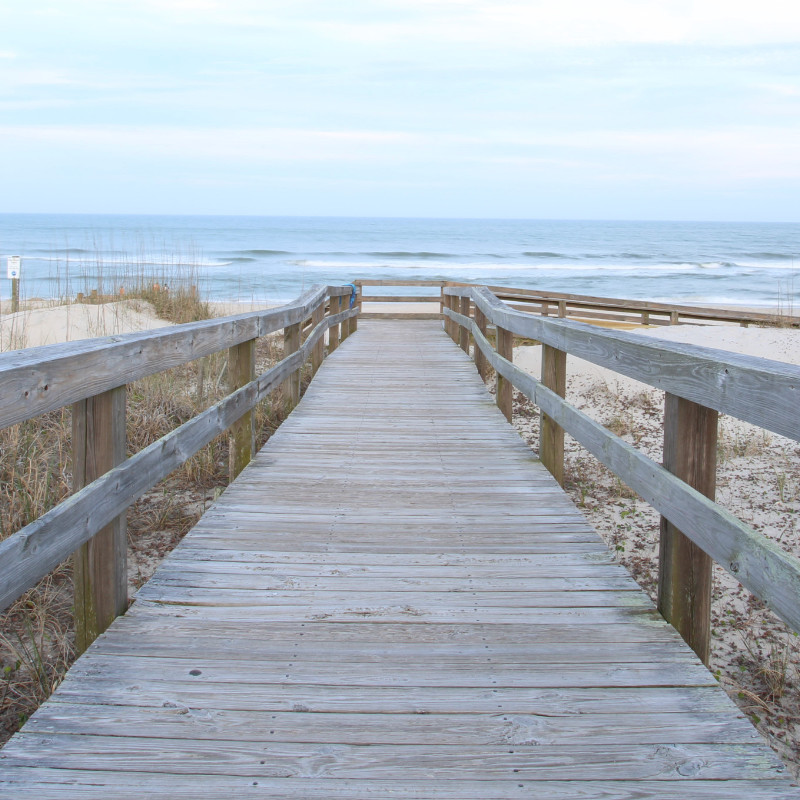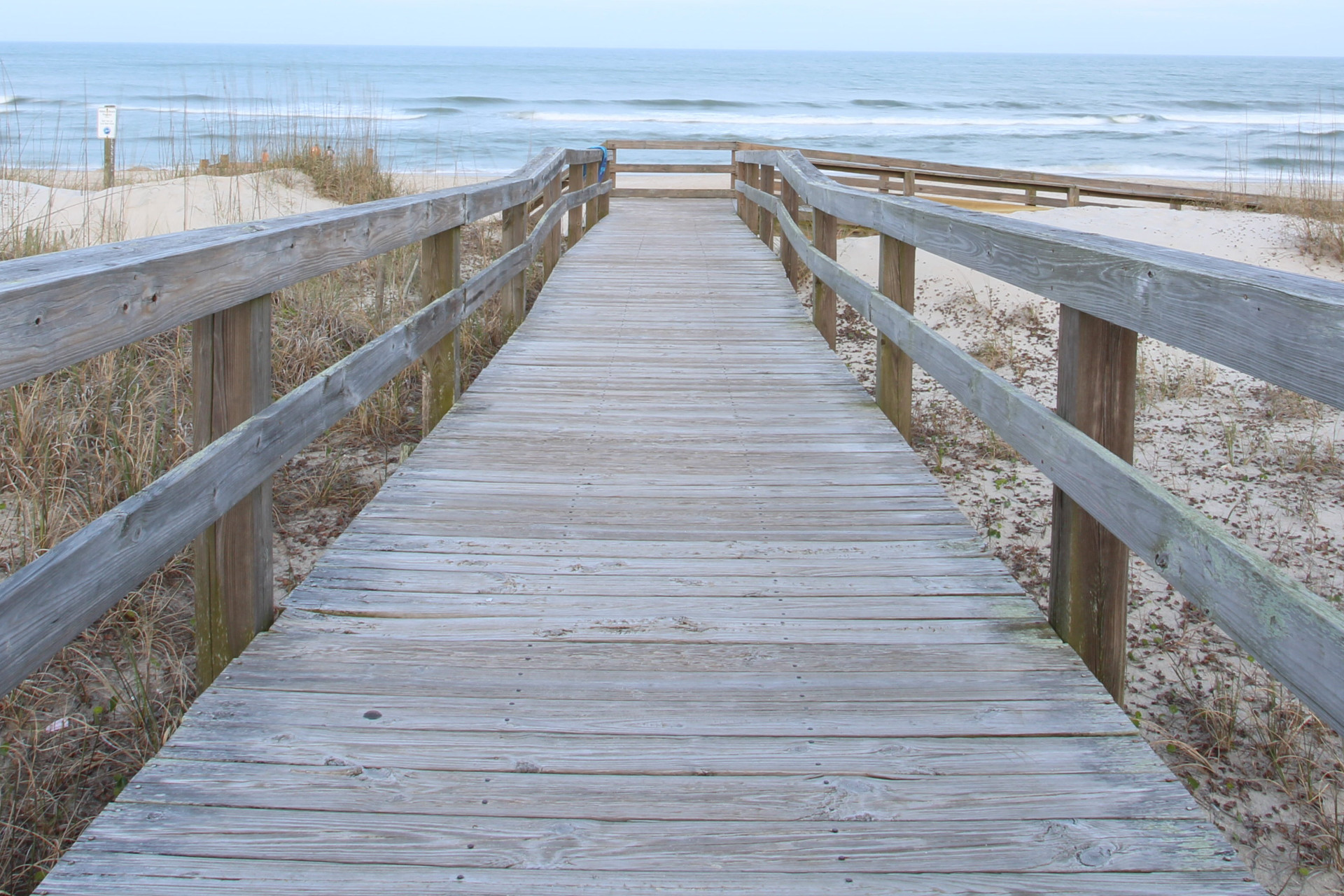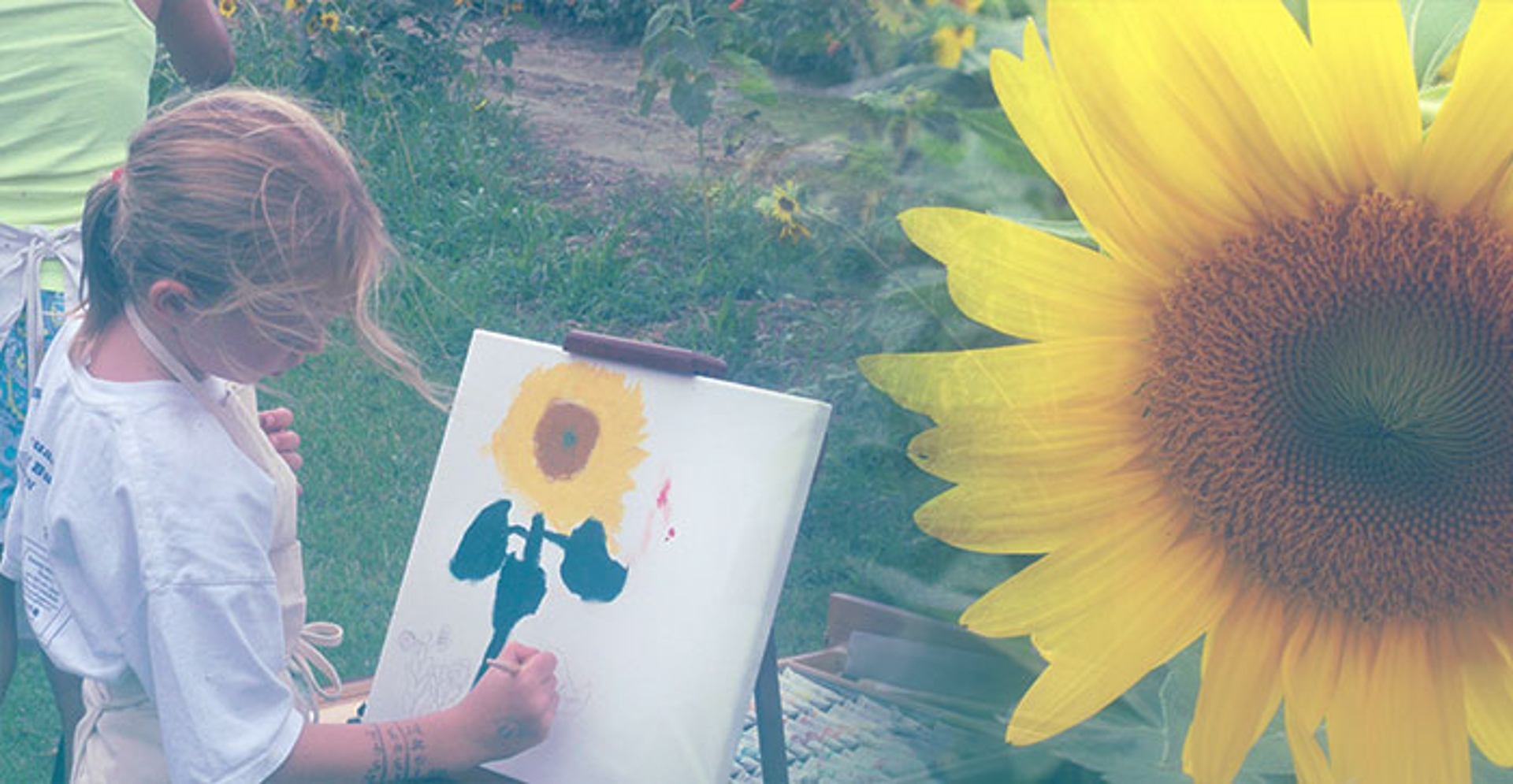8
Jul 2020
By Kathi Ferguson
Perhaps nothing says “summer” like the sunflower. In all of their colorful glory, they are a sight to behold. Fields of these golden beauties begin to blanket the Eastern Shore landscape in July, their debut anxiously awaited by admiring fans. The head of the sunflower is a combination of a thousand tiny flowers. In fact, each petal on the circumference of a sunflower is a flower itself. These long, colorful petals are known as “ray florets.” As some boasting flower heads will reach over 12 inches in diameter, sunflowers can climb to heights of 16 feet. The world’s tallest sunflower, grown in Germany, measured 30 feet in 2015.
The French word for sunflower is “tournesol”, which means “turns with the sun.” And here’s why. The phenomenon of following the sun from East to West is one of the plants most unique traits. It is called heliotropism. Like humans, plants also have internal biological clocks, referred to as a circadian rhythm. The circadian rhythm of a human being creates several physiological and chemical changes in the body. Similarly, the circadian rhythm of a plant allows it to respond to changes in roughly 24-hour cycles.
The sunflower’s green flower bud and blossom stem begin the day facing east, gracefully tracking the sun across the sky until facing west to catch the last of the sun’s daily warmth. Then, overnight, they amazingly return to their original starting position facing east to meet the sun again for the next day. (Sunflowers only respond to the sun, and dutifully stay in place in its absence.) When fully grown, the stems will stiffen and the mature flower heads will remain facing east, since it is now too heavy to move. The good news is that when a flower head becomes stronger and bigger, pollinators begin to arrive. East facing flowers heat up faster, making them more attractive to bees and insects. They love warm flowers!
Not only does the sunflower end up filling many a vase, but these multipurpose plants deliver healthy snacks like sunflower seeds, useful oil, birdseed, and a peanut butter substitute called “Sunbutter”. Native Americans used the sunflower extensively for food, in bread, medical ointments, dyes and body paints. Not to mention famous Dutch painter Vincent Van Gogh was so taken by sunflowers he created a series of paintings featuring them.
Mother Nature offers us much to enjoy about throughout the summer months, but the sunflower ranks as one of the top expressions of joyfulness. I think it’s safe to say that anyone who sees them won’t be able to hold back a smile!






